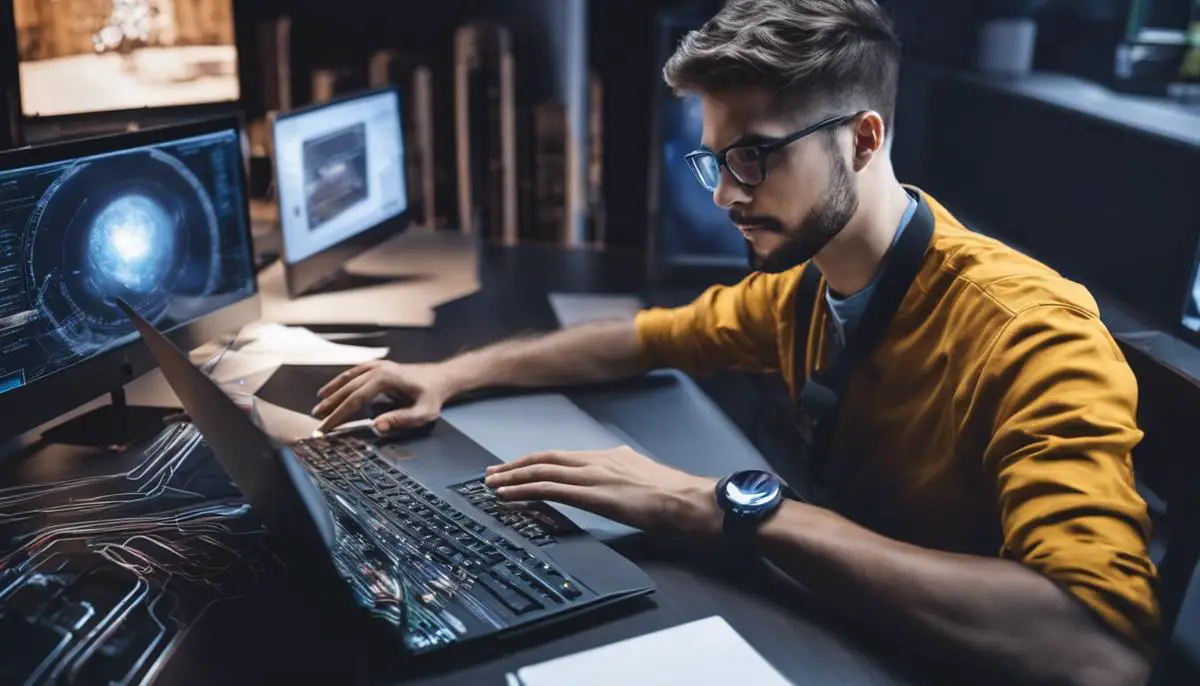The advent of AI-driven image generation has ushered in a new era of content creation, epitomized by the emergence of text-to-image models like Stable Diffusion. At the heart of this technological marvel lies the concept of ‘prompts,’ the linguistic keys unlocking a myriad of visual possibilities. By understanding and mastering the intricacies of prompts, professionals can actualize the full potential of Stable Diffusion, turning simple textual suggestions into stunning visual masterpieces. This journey into the realm of prompts will illuminate the path from novice to expert, demystifying how these textual ingredients are transformed into vivid images and exploring the delicate balance between creativity and precision.
Contents
- 1 Understanding Prompts in Stable Diffusion
- 2 Crafting Effective Prompts for Desired Outputs
- 2.1 Generating Striking Images with Stable Diffusion: Beyond the Basics
- 2.2 Harnessing the Power of Keywords and Phrases
- 2.3 Balancing Brevity with Detail
- 2.4 Leveraging Art Styles and Movements
- 2.5 Understanding the AI’s Language
- 2.6 Utilizing Negative Prompts
- 2.7 Testing and Iterating: The Path to Perfection
- 3 Prompt Engineering Techniques
- 4 Limitations and Ethical Considerations
- 5 Optimizing Prompt Inputs for Automation
Understanding Prompts in Stable Diffusion
The realm of tech is always expanding, and one of the most fascinating frontiers today is the interplay between artificial intelligence and human creativity. Welcome to the sphere of Stable Diffusion, where prompts are your passport to digital artistry.
Think of Stable Diffusion as essentially a creative partner, powered by cutting-edge AI technology, ready to bring your ideas to life. You provide a description—termed as a ‘prompt’—and Stable Diffusion gets to work, churning out images that were, up until now, confined to your imagination.
Now, what’s the lowdown on prompts? A prompt is a precise text command that you feed into the Stable Diffusion system. This text acts as a set of instructions for the AI to follow, guiding it toward the desired output. It’s akin to giving an artist a rough sketch of what you want, except here, the artist is a highly sophisticated algorithm.
The beauty—and challenge—of prompts lies in their flexibility. You could go with something straightforward like “a cat sitting on a lawn,” or flex your descriptive muscles with “a futuristic cityscape bathed in the glow of a neon sunset.” The AI’s job is to interpret your words and generate a visual representation of your concept.
The success of this process hinges on two vital elements: specificity and creativity. A clear and detailed prompt can influence the clarity and relevance of the image produced. Meanwhile, a dash of creativity can push the AI to generate something truly unique.
So, when crafting your prompts for Stable Diffusion, remember these tips: be clear, be descriptive, and don’t hesitate to be imaginative. With the right approach, you’ll be churning out a stream of digital masterpieces in no time.
Let’s embrace the new age of digital creation with Stable Diffusion at our fingertips. Who needs to be bogged down by traditional methods when we have the power to summon art with just a few keystrokes? Get prompting, and let the AI do the heavy lifting.
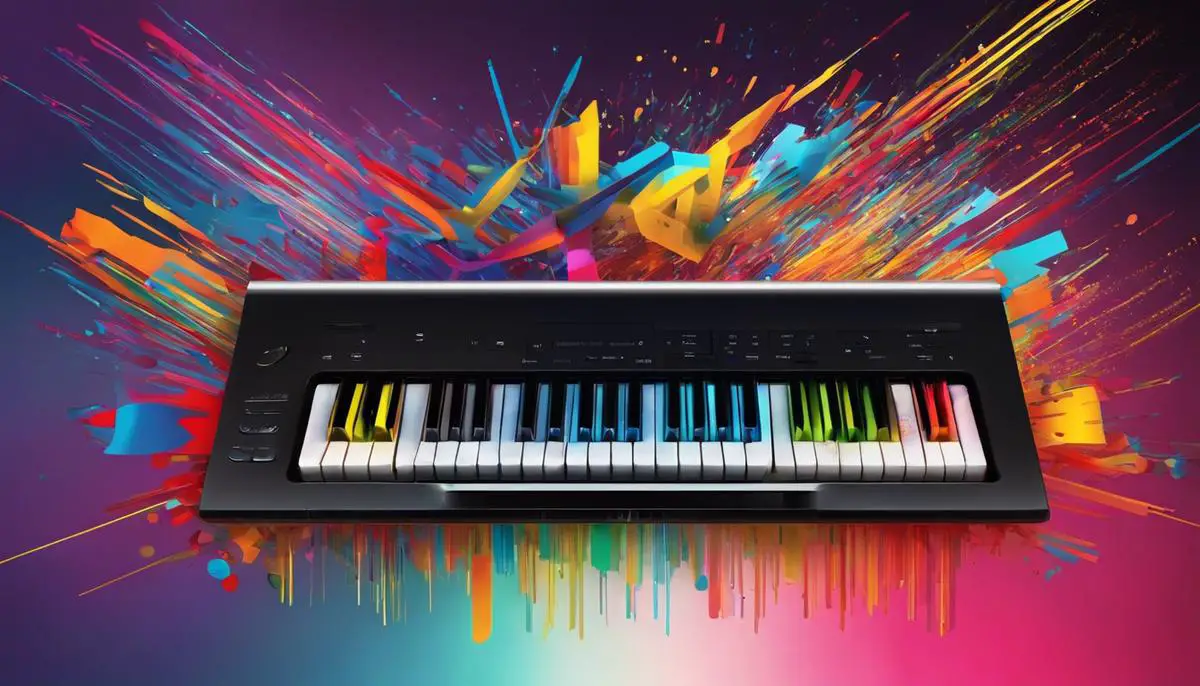
Crafting Effective Prompts for Desired Outputs
Generating Striking Images with Stable Diffusion: Beyond the Basics
Delving into the mechanics of Stable Diffusion, achieving a razor-sharp outcome pivots on the clever construction of prompts. No longer are we spectators to the evolution of AI in creativity, but co-pilots steering the future of digital artistry.
Harnessing the Power of Keywords and Phrases
The key to morphing vague ideas into stunning visuals lies in the strategic use of keywords and phrases. Imbue your prompts with words that crystallize your vision. The difference between “a cute animal” and “a majestic, snow-white wolf with piercing blue eyes in a misty forest” can be the difference between generic images and evocative masterpieces. Anchor your prompt with both the subject and the ambiance for a full sensory impact.
Balancing Brevity with Detail
Quality trumps quantity, even in prompt crafting. Instead of overloading with adjectives, choose powerful, evocative terms that paint a clear picture for the AI. “A melancholic rainy cityscape at dusk, with reflections of neon lights on wet streets,” conveys far more than a paragraph of less potent, meandering details.
Leveraging Art Styles and Movements
Name-dropping can be handy here. Reference artists or art movements to inform the AI of the desired stylistic approach: “In the style of Van Gogh;” or “akin to Cyberpunk aesthetics.” Give the AI a rich context to pull from, ensuring the final image resonates with the intended artistic flair.
Understanding the AI’s Language
Interpreting the visual language of Stable Diffusion is a game of precision. Pay attention to how different prompts yield varied results. Catalog successful prompts and break down which elements sang to the AI, fostering an almost intuitive communication between creator and creation.
Utilizing Negative Prompts
Define not just what you want, but what you don’t. Negative prompts like “-no people,” or “-remove text,” act as sieves, sifting out unwanted elements. By understanding the AI’s penchant for over-delivering, you’ll ensure the focal point of your creation stands uncluttered.
Testing and Iterating: The Path to Perfection
Finally, test prompts in iterations. Begin broadly, then refine. Feed the AI successively tweaked prompts until the output thrums with the intended vision. Iteration is no bugbear to the tech-savvy; it’s a rite of passage to excellence.
In the alchemy of Stable Diffusion, precision is king. Marry creativity with strategic prompt manipulation, and watch as AI transforms mere words into visual feasts. No need for further elaboration—let the images speak the rest.
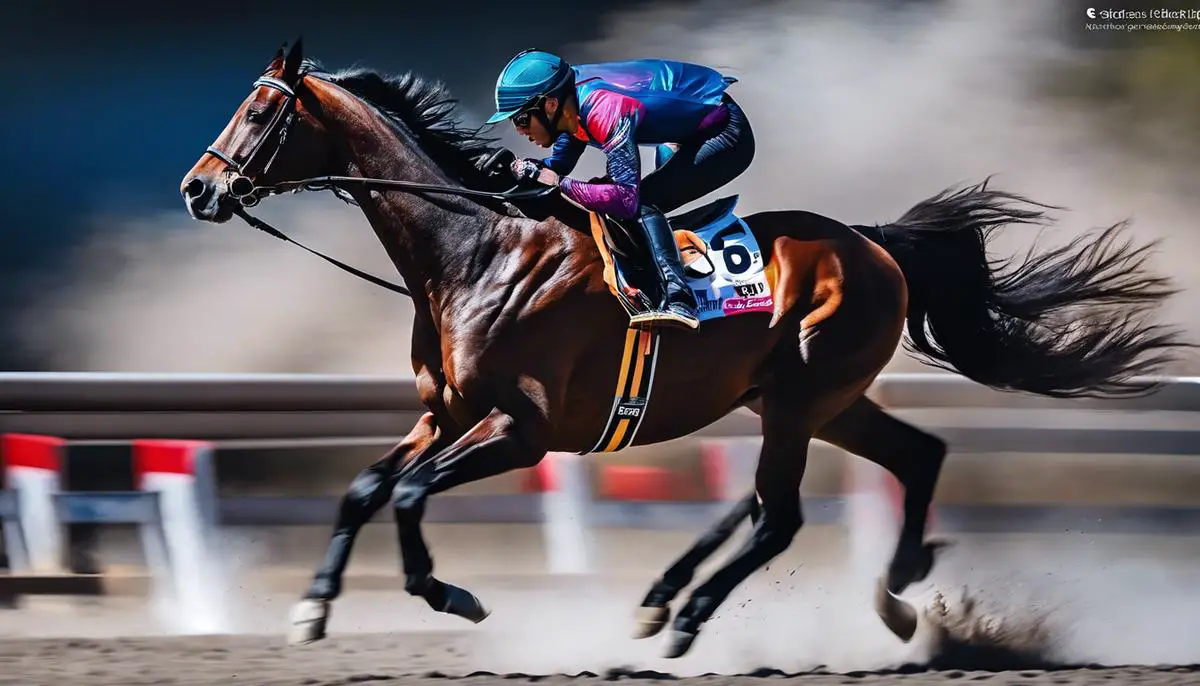
Prompt Engineering Techniques
Advancing Quality in AI-Generated Imagery: Expertise Beyond the Basics
As technology charges forward, the tools at our disposal for enhancing image quality keep expanding. High-caliber image generation isn’t just about the right prompt; it’s about deep diving into the techniques that ensure each pixel pops with intentionality. Let’s break down some of these advanced methods that take images from good to breathtaking.
First, consider the power of iteration. Don’t stop at your first attempt. Use each output as a step towards perfection—analyze, adjust, and re-run. It’s in this cycle that AI-generated content transcends expectations. Feedback loops are your friend here, providing the AI with information about what works and what doesn’t, refining the outcomes.
Next, we have style transfer techniques. Want to weave the essence of Van Gogh into your digital sunset? It’s doable by teaching the AI to mimic the textures and color patterns of specific artists. This method requires a nuanced touch—too much and your image is a pastiche, too little and the style gets lost.
Super-resolution is another frontier, enhancing image clarity beyond the initial generation. It involves AI algorithms that can magnify an image’s resolution without losing details, almost like adding a layer of HD to what might have been a standard definition output.
Color correction might seem like a basic step, but in the hands of a tech enthusiast, it’s a dynamic process. Adaptive color algorithms adjust hues in real-time, matching them with unprecedented accuracy to the desired mood or setting. It’s no longer about slapping a filter on an image. Instead, it’s about calculated adjustments that elevate the visual narrative.
Noise reduction is a subtle but critical technique. AI tools now can intelligently distinguish between noise and detail, ensuring that images are crisp and free of distracting elements. This is particularly key in complex compositions where clarity can make or break the image’s impact.
Finally, embrace the realms of GANs (Generative Adversarial Networks). They can refine textures and fill in gaps that could go missing in a less sophisticated AI process. These networks pit two AI algorithms against each other: one that creates and another that critiques, leading to a rapid evolution in quality.
When woven together, techniques like feedback loops, style transfers, super-resolution, adaptive color correction, noise reduction, and GANs revolutionize AI-generated images. The process evolves from simply coaxing a machine into artistry to a collaborative dance between human finesse and algorithmic precision. Thus, we stand at the brink of an unimaginable domain of digital aesthetics—where every byte is a brushstroke and every algorithm a choice of palette. In this space, images aren’t just seen; they’re experienced, felt, and lived through with a vibrancy that only advanced technology can provide.

Limitations and Ethical Considerations
As technology zealots dig deeper into the potential of AI-generated content, it’s essential to address the not-so-shiny side of the coin: the limitations and ethical considerations in using prompts with tools like Stable Diffusion.
First up, limitations. While Stable Diffusion boasts impressive feats, it hinges heavily on the quality of prompts provided. Subpar prompts lead to mediocre output, and nuances often get lost in translation. Ambiguity is a roadblock; the AI remains clueless about human subtleties, and without explicit instruction, the final product could miss the mark.
The reality is, even finely-tuned prompts can’t guarantee perfection. Users sometimes encounter the ‘uncanny valley’ effect, where generated content appears nearly human or natural but with enough strangeness to feel unsettling. Additionally, AI has a hard time with logical inferences – try to get an image of something complex, like ‘the emotion of nostalgia in a bustling cityscape,’ and it might not compute.
Now to the thorny issue of ethics, a topic that can’t be glossed over. The use of AI to generate art sparks heated debates. Artists worry about the originality and ownership of AI-generated work based on their styles. It’s a legit concern – where do we draw the line between inspiration and imitation?
Data bias is another ethical concern. AI models are trained on vast datasets, but if these datasets skew in particular directions, the AI’s output reflects these biases. This could lead to reinforcing stereotypes or underrepresenting minority groups.
Deepfakes, generated by similar technologies, pose significant ethical dilemmas. While a fun novelty for some, the potential for misuse in spreading disinformation or violating a person’s privacy is real and frightening.
And let’s not overlook the impact on jobs. The fear that AI could replace human artists looms. While current sentiment sees AI as a tool rather than a replacement, the long-term implications for creative careers remain unknown.
In summary, while pushing the frontiers of AI-generated imagery with tools like Stable Diffusion, it’s paramount to navigate limitations with awareness and address ethical considerations with responsibility. Users must tread carefully, balancing innovation with respect for the creative process and human worth. As the technology evolves, so must the discourse, ensuring that in the age of automation, integrity remains non-negotiable.
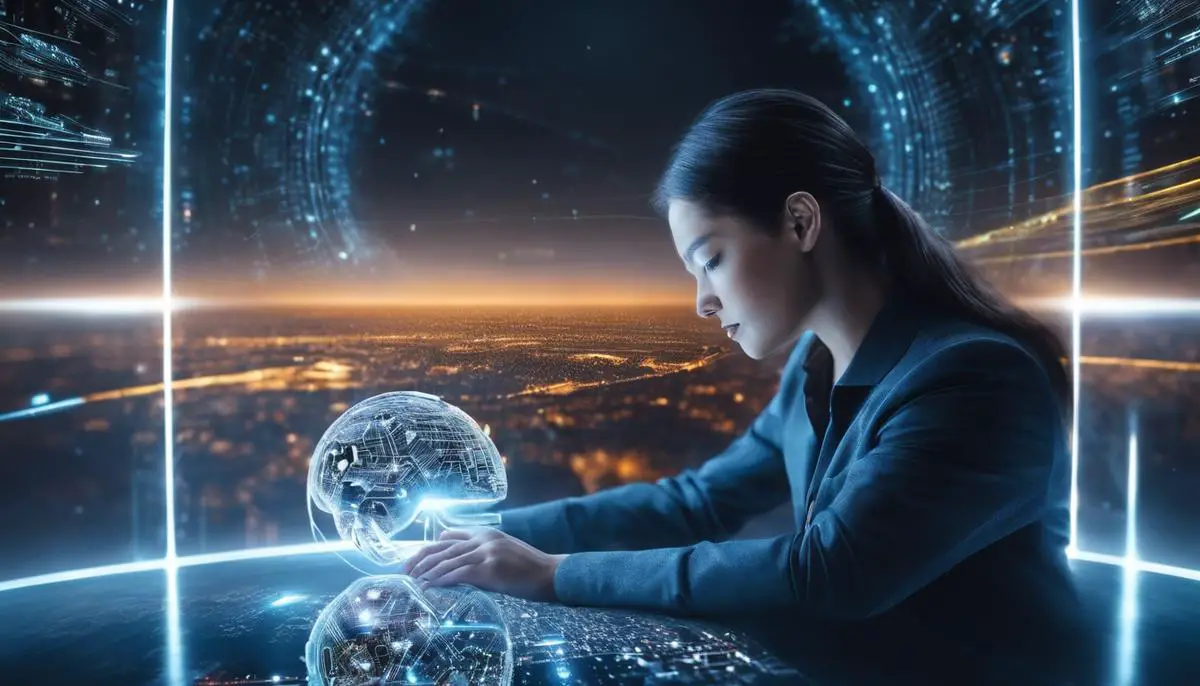
Optimizing Prompt Inputs for Automation
Effective Prompt Engineering for Scalable AI Art Generation
AI art generation is shaping up to be a game-changer in creative industries, but its success hinges on well-structured prompts. Optimizing these prompts is essential for both automation and scalability, ensuring that users can replicate success and scale their creative processes. Here’s where the focus should shift to developing streamlined frameworks that can generate high-quality outputs without constant manual intervention.
Prompt Templates and Variables: Begin with creating prompt templates. Templates help maintain consistency across numerous prompts, reducing complexity when scaling up operations. Variables within these templates should be fine-tuned, accommodating different contexts or themes with ease. This systematic approach can facilitate batch processing of AI-generated art, amplifying productivity.
Parameter Fine-Tuning: Next, attention should be paid to parameter fine-tuning. This involves adjusting specificity, creativity levels, and other prompt qualities according to the desired output. Parameters can act as dials to control the AI’s generative process, making it possible to achieve varied artistic results efficiently.
Automated A/B Testing: Integrate automated A/B testing to determine which prompts yield the best results. By automating this process, time-consuming trial and error is minimized. Data analytics can identify winning combinations that can be reused or further refined, seamlessly contributing to a continuous improvement loop.
Feedback Loops: Establish feedback loops that enable the AI to learn from previous outputs. Capturing data on successful images and understanding why certain prompts worked can inform future prompt optimization. This self-improvement mechanism is critical for staying ahead of the curve in dynamic tech environments.
Incorporating User-Generated Prompts: Encourage a collaborative ecosystem by incorporating user-generated prompts into the system. Spurring community engagement not only broadens the database of effective prompts but also taps into the collective creative intelligence of diverse users.
Scalability and Automation Convergence: Finally, ensure that the converged goals of scalability and automation are not at odds. Streamlining prompt optimization should harmoniously blend with automated processes, so that scalability is not hampered by clunky, manual bottlenecks.
In conclusion, the scalable automation of AI art generation depends immensely on optimized prompts. By implementing robust frameworks, honing parameters, embracing automation in testing, incorporating feedback loops, and fostering community input, we can thrust the capabilities of AI-generated art to new heights. There’s no need to settle for hit-or-miss when precision, efficiency, and creativity can coexist in the rapidly evolving digital art space.
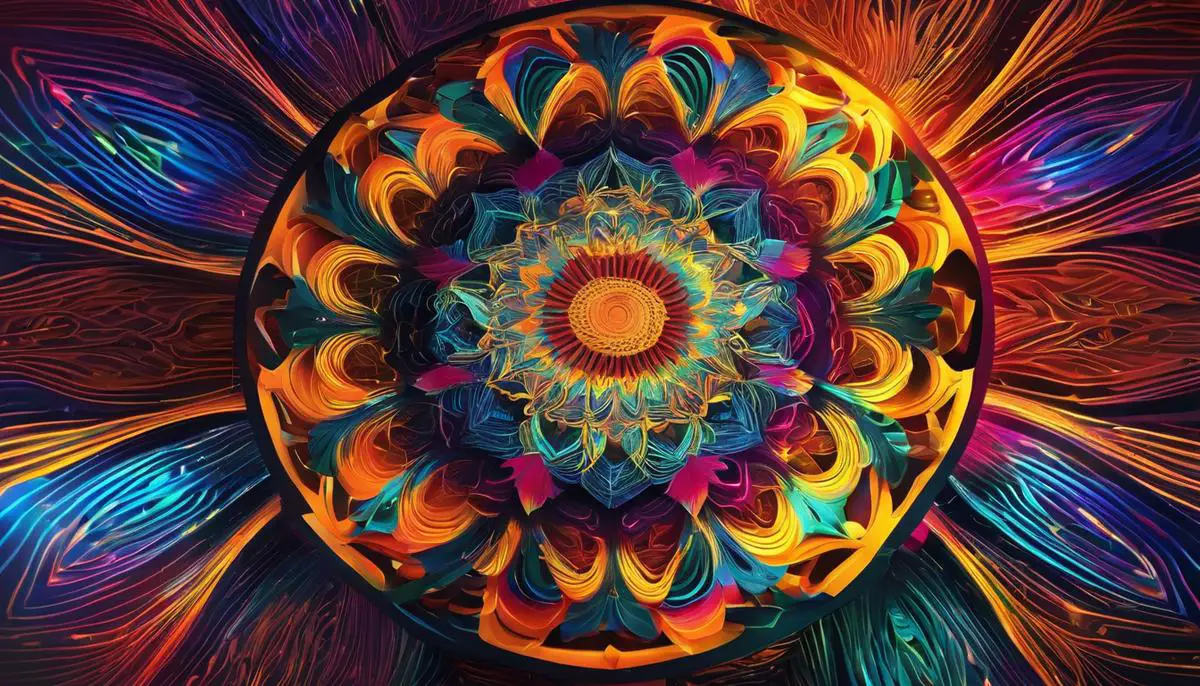
The wizardry of transforming text into images through Stable Diffusion is both an art and a science, shaped immensely by the quality and construction of prompts we provide. As we continue to push the boundaries of what’s possible within the digital canvas, we must also remember the gravity of this power. Acting with ethical foresight and operational savvy ensures not only the responsible usage of this technology but also secures its place as an invaluable asset in the creative and professional arsenal. Embracing these principles will lead us forward in the ever-evolving landscape of AI, fostering a future where human ingenuity and artificial intelligence coalesce to birth unimagined realms of visual expression.

Emad Morpheus is a tech enthusiast with a unique flair for AI and art. Backed by a Computer Science background, he dove into the captivating world of AI-driven image generation five years ago. Since then, he has been honing his skills and sharing his insights on AI art creation through his blog posts. Outside his tech-art sphere, Emad enjoys photography, hiking, and piano.
